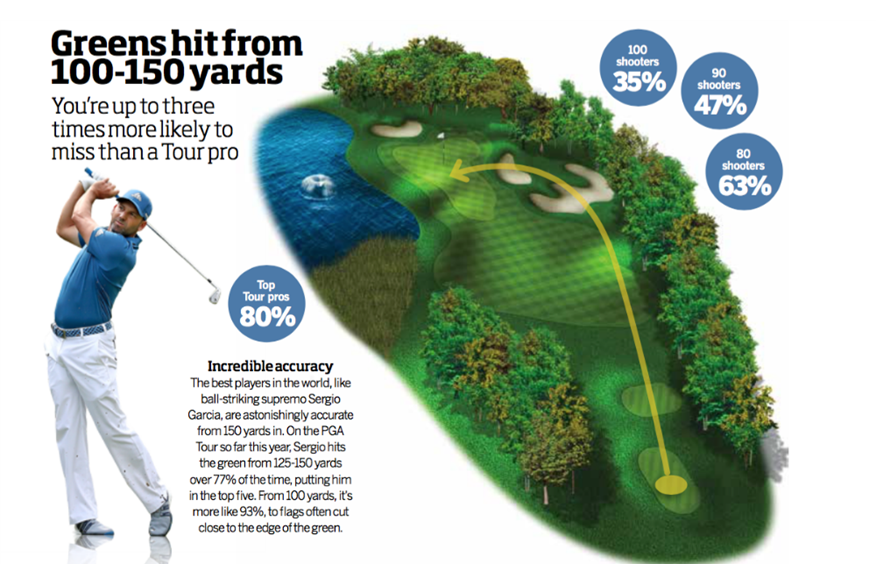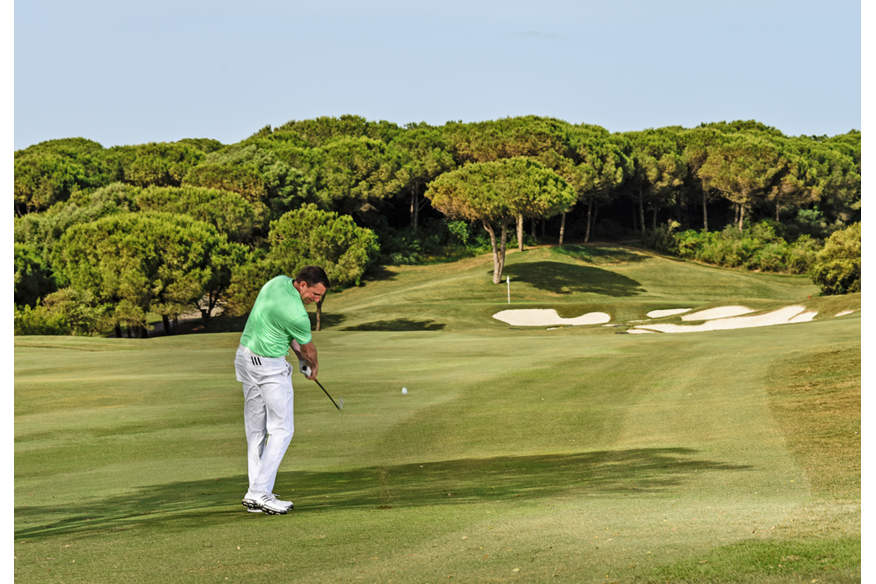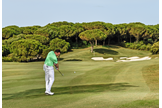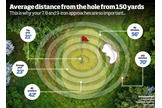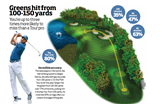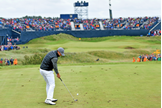Why your mid and short irons are the most important clubs in your bag
Last updated:
We can ALL be more accurate: PGA Tour stats expert Mark Broadie reveals why your mid and short irons are the most important clubs in your bag
Hammering a 300-yard drive might make you feel like a pro, and curling home a 20-footer might give you a massive rush of adrenaline. But when it comes to consistently lower scores, the area you really need to focus on is your iron play.
“If you study the ten shots that separate a golfer who regularly shoots 80 and a golfer who regularly shoots 90, you discover that between 40-45% of the scoring difference comes from the quality of their approach play,” reveals leading golf statistician Professor Mark Broadie.
“A lot of people find this surprising, but it is the same throughout all the skill levels. Whether you are a top Tour professional or someone who shoots 100, the area that has the most impact on your average score is not your driving, short game or putting. It is your shots into the green.”
Open Champion Jordan Spieth is a great example of this. Yes, he never seems to miss an important putt. Yes, he has a stunning short game. And yes, he is a fantastic course manager. But if you delve into his statistics you soon discover that the biggest change between his OK-but- not-fantastic 2016 and his Major-winning 2017 has been the standard of his iron play.
Last season, he gained 0.145 strokes per round with his approach shots and hit 63.52% of greens in regulation, to lie 87th in the PGA Tour’s Strokes Gained with Approach Shots category and 145th in the PGA Tour’s GIR statistic. This season, he has gained 1.123 strokes per round with his approach shots and hit 70.21% of greens in regulation, to rank 1st in the PGA Tour’s Strokes Gained with Approach Shots category and fourth in the PGA Tour’s Greens in Regulation statistic.
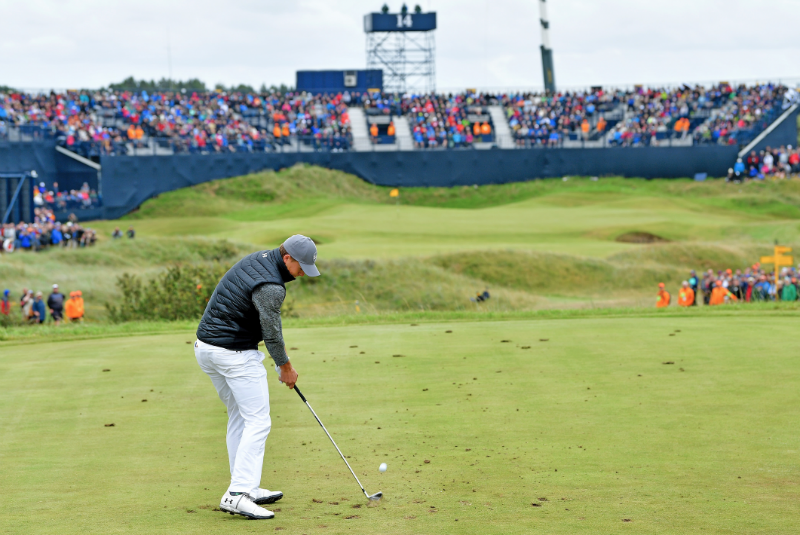
Big Strength: Spieth is No.1 in the PGA Tour’s Stokes Gained from approaches
“This is one of the biggest things Jordan has turned around and it follows the statistical pattern of previous seasons,” Broadie tells us.
“Whenever you compare the earnings of top-10 players in the PGA Tour’s Strokes Gained Driving, Strokes Gained with Approach Shots, Strokes Gained Around the Green and Strokes Gained Putting categories, you always nd that the leaders in the Strokes Gained from Approach Shots statistic have taken home the most money.”
So does this mean the whole ‘putt for dough’ adage is a myth? Yes. Well. Um. It’s complicated, so we will let the professor explain. “In general, golf tournaments are won by the player on the leaderboard who putts the best,” says Broadie.
“But to get your name on to the leaderboard you need to be hitting your approach shots well. And this is why, if I had to give a mid or high-handicap golfer one piece of advice it would be to work on becoming more accurate from 100-150 yards.” That’s right, folks. Forget chipping from dawn until dusk or beating balls with your metal woods, hybrids or long irons.
According to golf’s leading data expert, if you want to slash your handicap quickly the clubs you need to dial in are your 7, 8 and 9-irons. “The difference in golfers’ average performance statistics from 150 yards is astounding,” adds Broadie.
“From this distance in the fairway, the best pros put half their shots within 21 feet of the hole, average professionals put half of their shots within 23 feet of the hole. Golfers who average 80 put half of their shots within 42 feet of the hole. Golfers who average 90 put half of their shots within 56 feet of the hole. And golfers who average 100 put half of their shots within 70 feet of the hole. These are enormous differences that offer a big opportunity. If you can get your 7 or 8-irons 10 to 15 feet closer to the hole, then you can quickly take a couple of shots off your game.”
While extremely exciting, the above is perhaps a tad labour intensive for some weekend golfers. Thankfully, Professor Broadie has an alternative performance metric for those who aren’t salivating at the prospect of continually pacing out the distance from their ball to the cup. “Work on hitting the green in one shot from between 100 and 150 yards,” advises Broadie.
“The data I’ve gathered on shots hit from the fairway between these distances shows the following. Golfers who average 80 hit the green 63% of the time. Golfers who average 90 hit the green 47% of the time. And golfers who average 100 hit the green 35% of the time. Again, these are huge variations that highlight the major scoring improvements you can make by hitting just two or three more greens.”
Got that? Great, then what are you waiting for? Grab your clubs, get out there, dial in your mid and short irons and prepare to give yourself a chance of winning this weekend.
And if you DO miss the green?. . .
“A former PGA Tour professional recently asked me to research how many short game shots the average 90 shooter faces from 60 yards or less in an average round. It turned out the answer was 13, and that these 13 could be split into the following five categories: 0-20 yards on the fairway; 0-20 yards in the rough; greenside bunker shots; 20-60 yards on the fairway; and 20-60 yards in the rough.”
“I quickly discovered two things. First, the key to gaining strokes in all these areas is getting the ball on the green in one shot. And second, the short game shots that cause higher handicappers the most problems are: 20-60 yards from the rough; greenside bunker shots; and 0-20 yards in the rough. So, if you’re looking to improve your short game these are the three areas you should focus on.”
Average Stats

